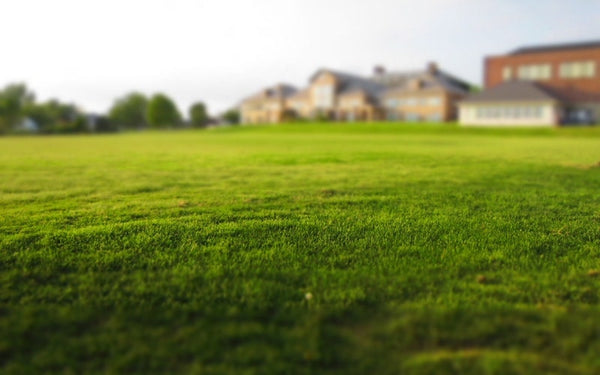Artificial turfs are one of the best alternatives to natural grass. It has a minimal maintenance requirement and does not fade over a short time. Though convenient and cost-efficient, there are several factors that may cause artificial turf damage.
The most common artificial turf damage is burning or melting. Artificial turf is made of synthetic material that can only accommodate 200 degrees Fahrenheit at a maximum. Reflective windows and other reflective surfaces can magnify and intensify heat on the turf hence the color is subject to fading, burning, or melting.
Homeowners paid attention to proper care and maintenance to avoid artificial turf damage. But, in some cases, reflective materials can be a hindrance. Here are some ways on how to prevent artificial turf damage from reflective elements:
- Reflective Window Coatings
Reflective windows coatings or window film can prevent the sunlight by reflecting towards the window and eventually burning the turf. Mirrors are number one source of sunlight reflection that magnifies the heat and warms the synthetic turf.
When the synthetic field is exposed to the direct heat of the sun, it can cause artificial turf damage by discoloration, burning, or melting.
- Window Awnings
In cases where window films or coatings won’t work for the home exterior, window awnings are good alternative. In this way, the sunlight won’t directly push towards the glass window causing the reflection to bounce towards the artificial turf.
- Trees
Trees can provide shade especially if it closer to the window or any reflective surfaces. Trees can also cool down temperature surrounding your vicinity. Though trees might have a long-time spare to grow, it is one of the best and the most organic way to prevent turf damage.
- Landscape
The landscape is the closest alternative to trees. Since trees need more time to grow and maintain, landscaping is can also avoid turf damage by crafting the reflective area and putting on some shade.
This could protect the artificial lawn being exposed to direct sunlight that may cause melting. The landscape can also serves as a décor in the garden or in the lawn area.
Reflective elements can be a culprit when it comes to artificial turf damage. It is best to ocular the whole place and study where the sun rises, sets, and stays during its peak hours to know whether it is ideal for the synthetic turf.
Visit our website to know more about artificial turf products and maintenance.










